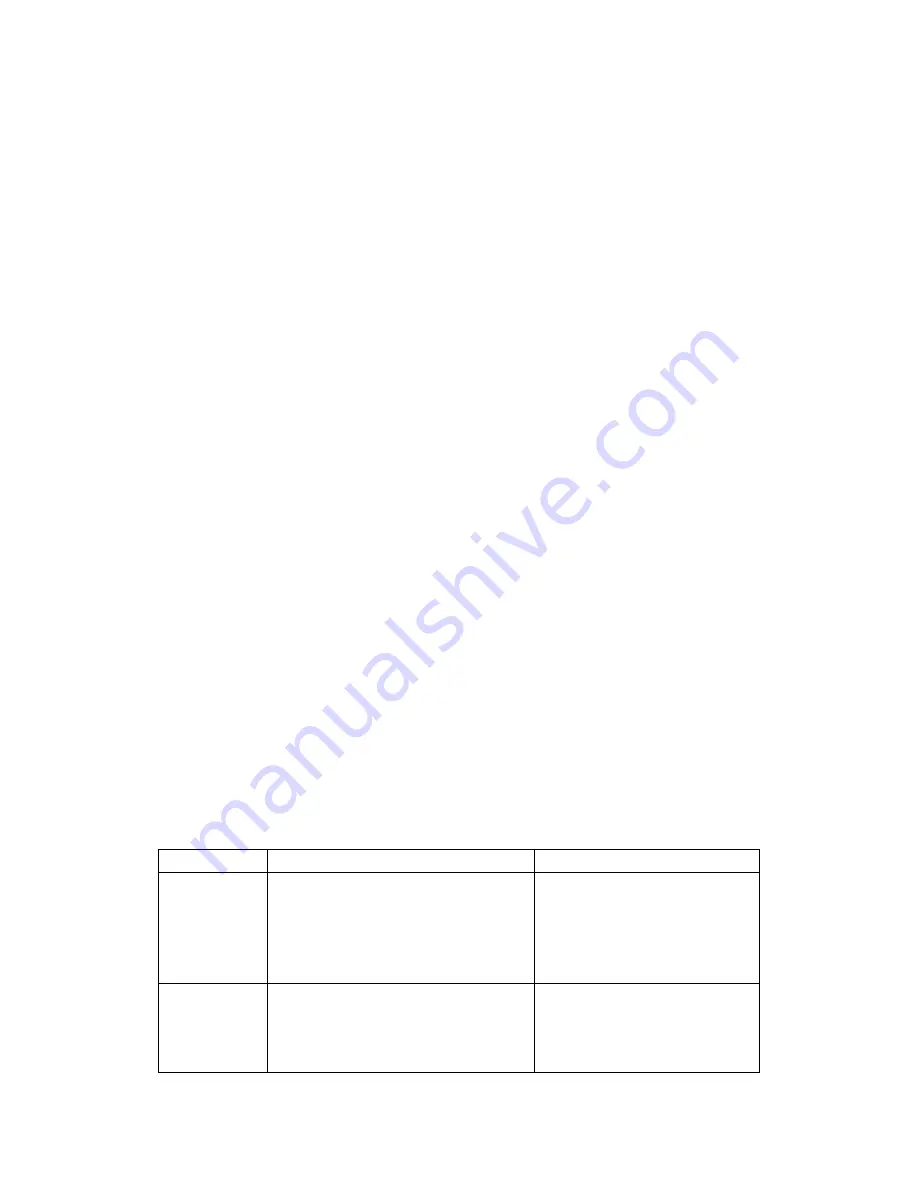
- 7 -
month.
■
Clean with a commercial condenser coil cleaner, available from any kitchen
equipment retailer. Brush the condenser fins from top to bottom, not side to
side.
■
After cleaning, straighten any bent condenser fins with a fin comb.
CLEANING THE FAN BLADES AND MOTOR
If necessary, clean the fan blades and motor with a soft cloth. If it is necessary
to wash the fan blades, cover the fan motor to prevent moisture damage.
CLEANING THE INTERIOR OF UNIT
■
When cleaning the cabinet interior, use a solvent of warm water and mild
soap.
■
Do not use steel wool, caustic soap, abrasive cleaners, or bleach that may
damage the stainless steel surface.
■
Wash door gaskets on a regular basis, preferably weekly. Simply remove
door gasket from the frame of the door, soak in warm water and soap for
thirty (30) minutes, dry with soft cloth, and replace.
■
Check door gaskets for proper seal after they are replaced.
■
Periodically remove the shelves and pilasters from the unit and clean them
with mild soap and warm water. To remove the pilasters, first remove the
shelves and shelf brackets. Then, simply lift the pilaster up and out.
WARNING
Disconnect power cord before cleaning any parts of the unit.
TROUBLE SHOOTING
Before requesting any service on your unit, please check the following points.
Please note that this guide serves only as a reference for solutions to common
problems.
SYMPTOM
POSSIBLE CAUSE
CORRECTIVE ACTION
Compressor
not running.
Fuse blown or circuit breaker tripped.
Power cord unplugged.
Thermostat set too high.
Replace fuse or reset circuit
breaker.
Plug in power cord.
Set thermostat to lower
temperature.
Condensing
unit runs for
long periods
of time.
Excessive amount of warn product
placed in cabinet.
Prolonged door opening or door ajar.
Allow adequate time for
product to cool down.
Ensure doors are closed when
not in use. Avoid opening doors



























